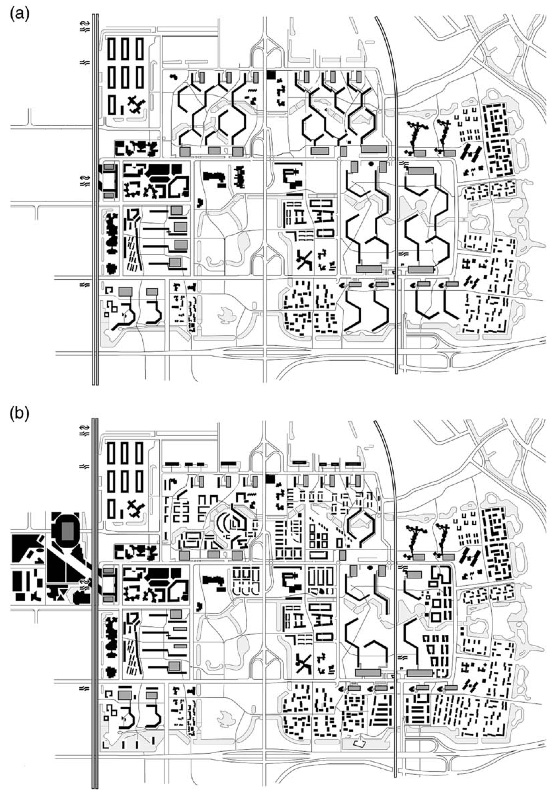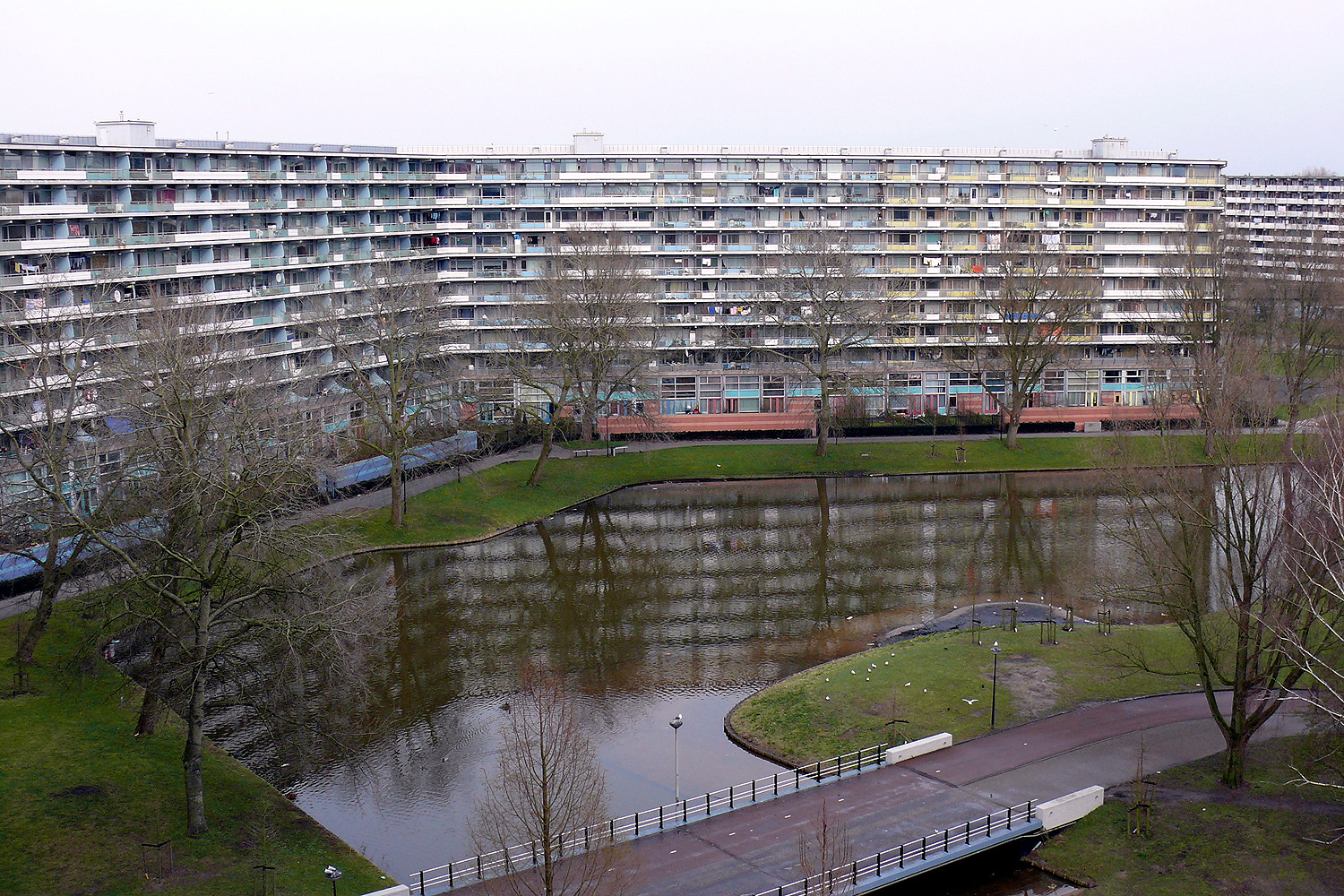When I recently talked to University of Buffalo professor Carl Nightingale about his book Segregation: A Global History of Divided Cities, we didn't just talk about the historical and legal origins of segregation in Chicago and Johannesburg. As the title suggests, we also covered how European cities and countries are dealing with their own segregated neighborhoods, which suffer from not dissimilar problems with crime, drug use, and high youth unemployment. And in recent years, major Western European cities have grappled with tensions that seem like a burden in the past in America: widespread rioting in Paris in 2005 and in London in 2011, which received a lot of coverage here, and riots in Stockholm last year, which didn't.
Though Western Europe's issues of social integration have their own complexities of immigration, some can be traced back to a familiar period of Western history: the construction of massive, ill-conceived public housing, which some but not all Western European countries embarked upon:
Some of the European governments are a little bit different from each other. In France, the main idea was to put all of it in already-existing working-class zones of the French so-called "red belt" to the east of the city. These were all gigantic, huge-sized projects as well. That created a much more segregated phenomenon. In Britain and much more in Holland and Germany, the policies that were put in place involved a lot of civil-society institutions, including labor unions, who would get loans from the government to build housing. They were able to build housing in a very interspersed way through out the city, public housing, so that at any given place, the ratio of market housing to non-market housing was close to even in some places. As a result of that, poor people, and eventually poor immigrants of color, including Turks in Germany, Moroccans in Amsterdam, could enter public housing in zones that were quite mixed. And remain mixed.
But Amsterdam did build one massive modernist folly: the Bijlmermeer, a designed neighborhood of 13,000 high-rise apartments divided by open park-like space, resembling nothing more than a Dutch Robert Taylor Homes and targeted towards a middle-class population. And the result was essentially the same—concentrated poverty, rising crime, broken elevators and waste facilities, the underfunding of promised amenities. When Chicago was coming to terms with its high-rise public housing, Amsterdam was as well.
And the Dutch were left with a similar dilemma: what do you do with a neighborhood in decline? In Chicago, the response, broadly speaking, has been dispersal. And as Susan Popkin wrote last year, it has not been without its successes, moving former public-housing residents to better if still poor and segregated neighborhoods, with accompanying gains in health outcomes.
But moving poor residents to better neighborhoods still leaves the neighborhood poor, sometiems poorer, and even less appealing as a destination for new residents. And those neighborhoods in Chicago are emptying out.
The Dutch faced a similar problem with the Bijlmermeer, as synonymous with poverty and crime in Amsterdam as Cabrini-Green is in Chicago. Yet they did not pursue a plan of wholesale destruction, Nightingale says:
If you look at Amsterdam's Biljmermeer, which is a huge-scale suburban public-housing thing, which was segregated, it's very integrated because the government has made it so nice that people want to live in it, and they brought the kinds of amenities—very nice festival grounds and so on and so forth—right next to the public housing project, which is now a quite thriving place.
Some of the Bijlmermeer came down, with more to come. This is, in part, due to the wishes of the residents themselves, who were surveyed on the future of the project. Sixty percent favored the demolition of their own dwellings; only 37 percent favored the renovation of their dwellings. 68 percent favored the "demolition of the high-rise buildings in general." 82 percent favored their replacement with single-family dwellings; 51 percent favored their replacement with "middle" high-rises, versus 30 percent who didn't know and 19 percent opposed.
Dutch authorities have worked closely with the Bijlmermeer residents on their housing, as researchers Gerben Hellman and Frank Wassenberg wrote in 2003:
It has to be emphasised that this demolition is not based on the idea of deconcentrating poverty, as is the case in many American cities (Crump, 2002: p. 582). The inhabitants choose the measures and the new houses are being built, at moderate prices, for them. Problems are being tackled using an integral approach. History has proven here that neither maintenance, nor social-economical measures, nor participation, nor physical measures alone are sufficient to solve the large problems.
A diagram of the Bijlmermeer provides a glance not just at the project's reinvention, but the changing ideals of urban public housing from uniformity ("the Las Vegas of the welfare state"; "boredom on a heroic scale" —Rem Koolhas) to heterogenity:

The problems of the Bijlmermeer have not been fully solved, but crime and out-migration have declined. And, according to Nightingale, the French are following their lead: "That's what they're trying to do now in France, is to catch up in some ways with the rest of Europe, by making more interspersed public housing…. In various different urban regions, yes. Even communities that are more or less equivalent to the very fancy north-shore communities of Chicago's suburbs have to have 20 percent public housing. It's unimaginable in the [United] States."
Cross-cultural sharing of architectural and sociological ideas led to constructions like the Bijlmermeer. Its renewal as an urban space is also predicated on shared new ideas in the West, but it remains to be seen if those will take physical shape in America.




